Best Seasons for Foundation Repairs
Foundation repairs are most effectively performed during specific times of the year when environmental conditions support proper work conditions and long-term stability. The optimal seasons typically include late spring through early fall, when soil moisture levels are balanced and temperatures are moderate. These conditions help ensure that repairs are durable and reduce the risk of future shifting or settling.
Spring offers moderate temperatures and soil moisture, making it suitable for foundation work. However, excessive rain can cause delays or complications.
Summer provides warm weather and dry conditions, ideal for many repair methods. It is a popular time for foundation stabilization projects.
Early fall can be suitable due to cooler temperatures and stable soil conditions. Late fall may pose challenges due to impending cold weather.
Winter is generally less ideal because freezing temperatures can hinder certain repair processes and affect curing times.

Spring's moderate weather helps ensure proper foundation stabilization and long-lasting results.
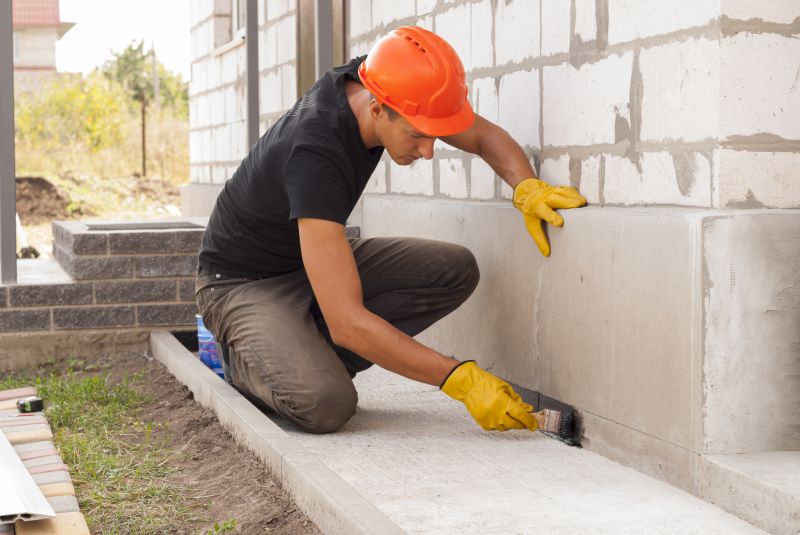
Warm, dry conditions support efficient repair processes and timely completion.

Early fall's stable soil and cooler temperatures make it a favorable period for repairs.
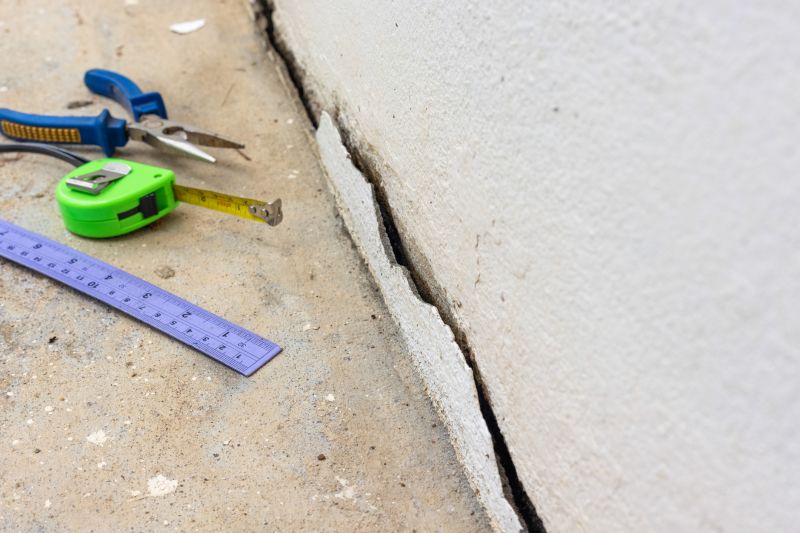
Ways to make Foundation Repairs work in tight or awkward layouts.

Popular materials for Foundation Repairs and why they hold up over time.

Simple add-ons that improve Foundation Repairs without blowing the budget.
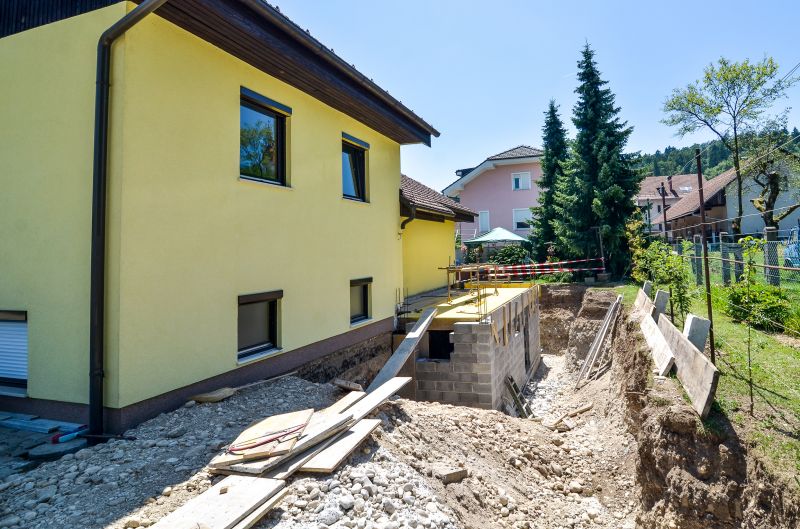
High-end options that actually feel worth it for Foundation Repairs.

Finishes and colors that play nicely with Foundation Repairs.
| Season | Ideal Conditions |
|---|---|
| Spring | Moderate temperatures and soil moisture, but watch for rain delays. |
| Summer | Warm and dry weather, optimal for most repair methods. |
| Fall | Cooler temperatures and stable soil, suitable for repairs. |
| Winter | Cold temperatures and freezing conditions, less suitable. |
Foundation repairs address issues such as shifting, cracking, or settling that can compromise the stability of a structure. Timely repairs prevent further damage and maintain the safety of the building. Common methods include underpinning, piering, and soil stabilization, which are tailored to the specific conditions of the site. Proper timing ensures these methods are most effective and durable.

Visual evidence of underpinning and piering techniques used to stabilize foundations.

Methods to improve soil conditions before or during foundation repairs.
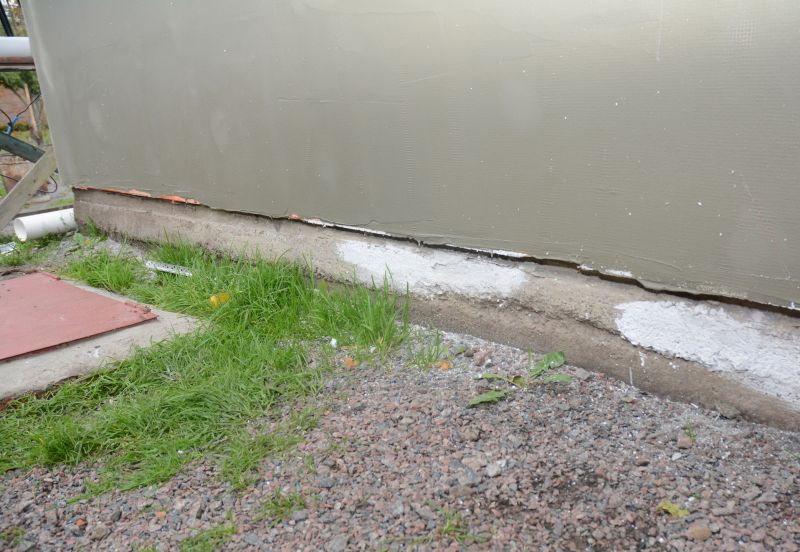
Restoration work to seal and reinforce foundation cracks.
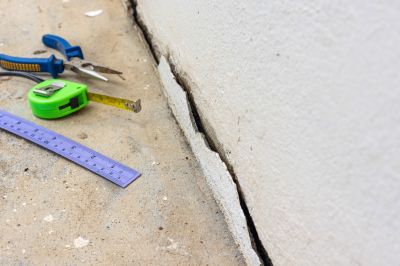
Final assessments to ensure stability and durability of repairs.
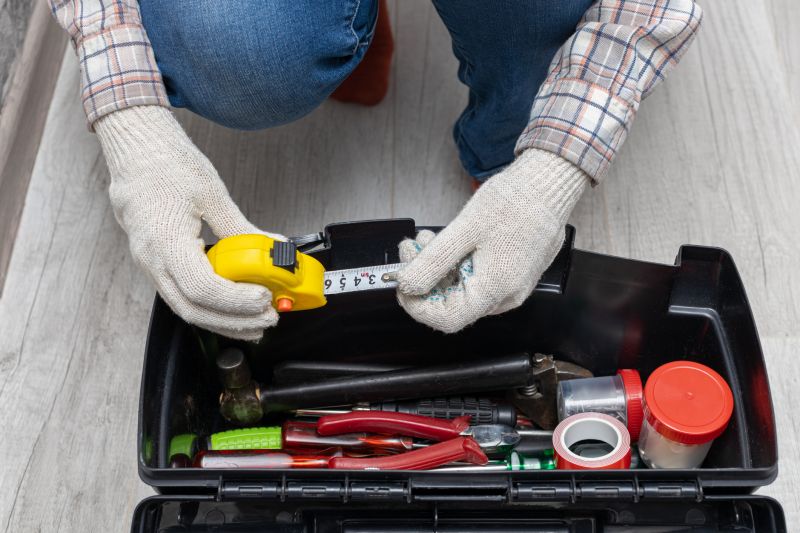
Little measurements that prevent headaches on Foundation Repairs day.
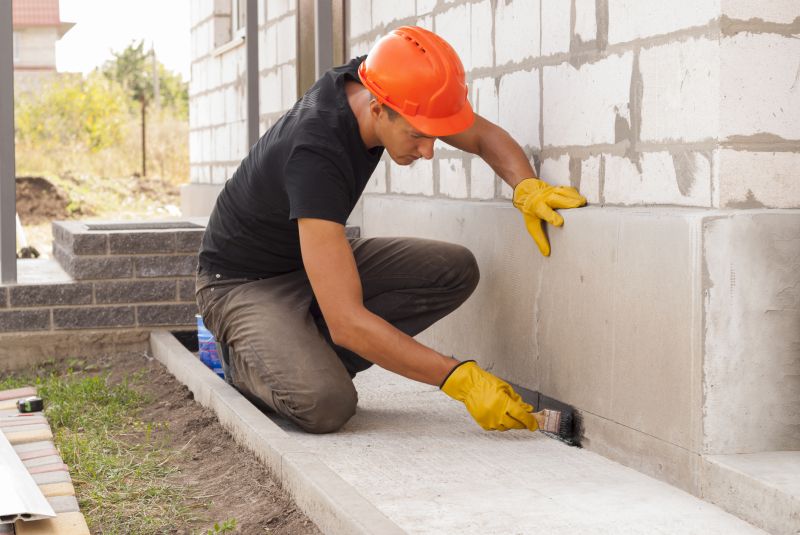
A 60-second routine that keeps Foundation Repairs looking new.
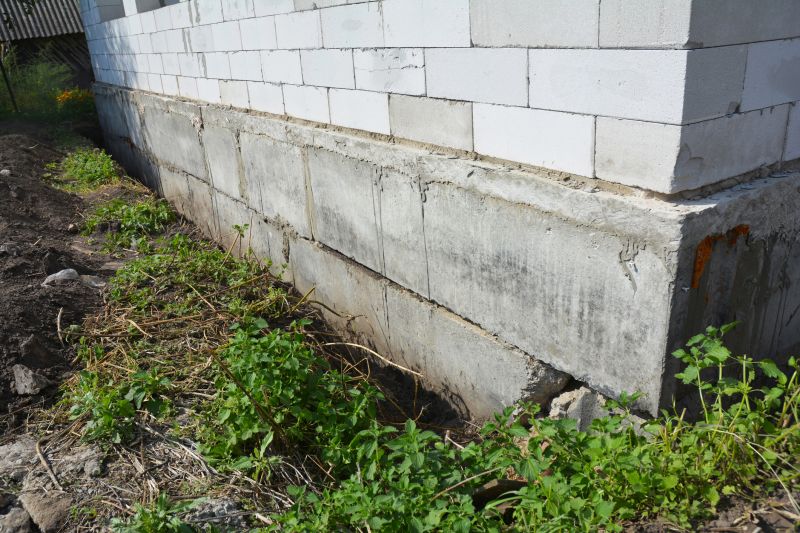
A frequent mistake in Foundation Repairs and how to dodge it.
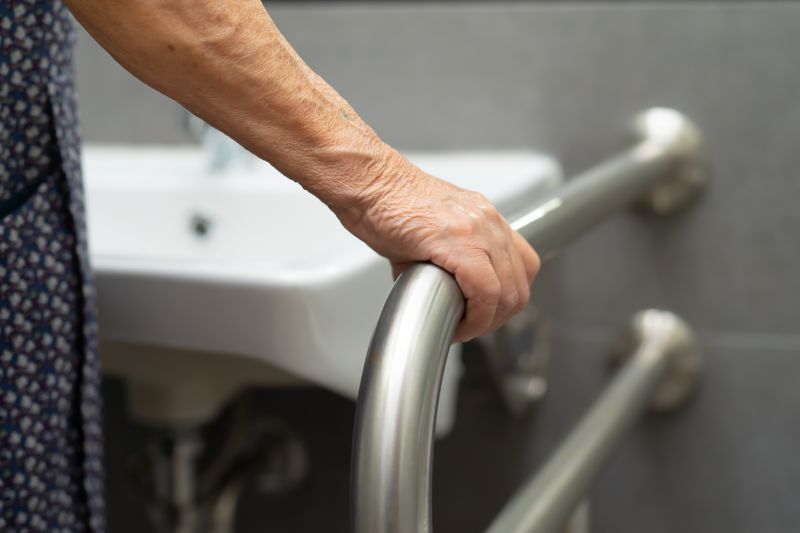
Small tweaks to make Foundation Repairs safer and easier to use.
Cracks in walls or floors, uneven floors, and sticking doors can signal foundation issues.
Addressing foundation problems early can prevent costly structural damage.
Methods include underpinning, piering, and soil stabilization, selected based on specific needs.
Soil moisture fluctuations and temperature changes influence foundation stability and repair timing.
Proper timing of foundation repairs enhances their effectiveness and longevity. Consulting with foundation specialists can help determine the most suitable window based on local climate and soil conditions. Regular inspections can identify early signs of damage, allowing repairs to be scheduled during optimal seasons for best results.
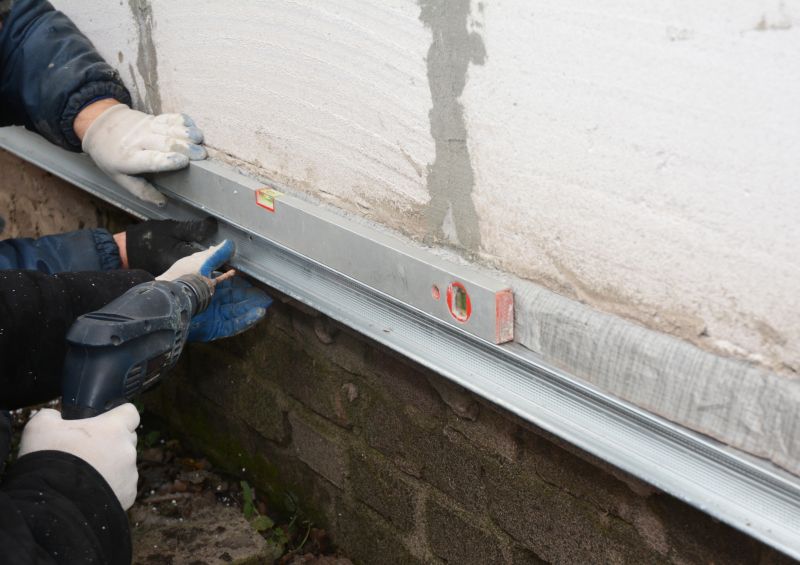
Specialized tools and machinery used in foundation stabilization projects.
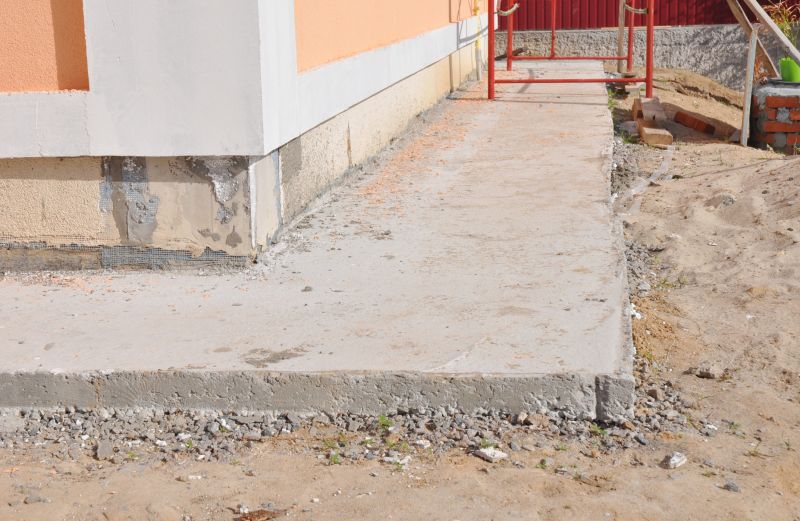
Visual comparison showing the effectiveness of foundation repair work.
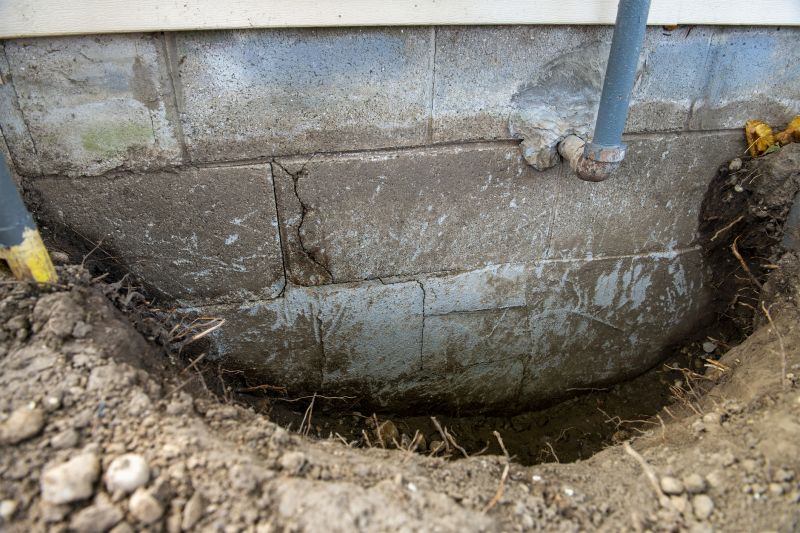
Professional assessment to identify issues and plan repairs.
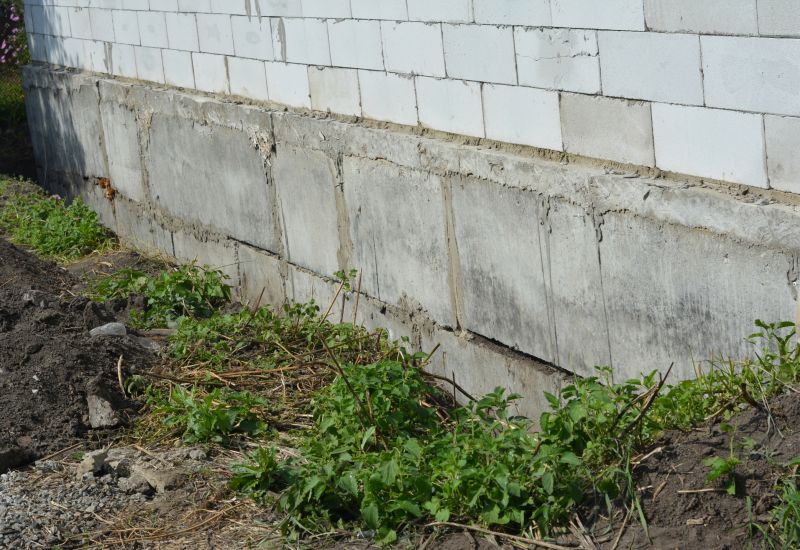
Lower-waste or water-saving choices for Foundation Repairs.
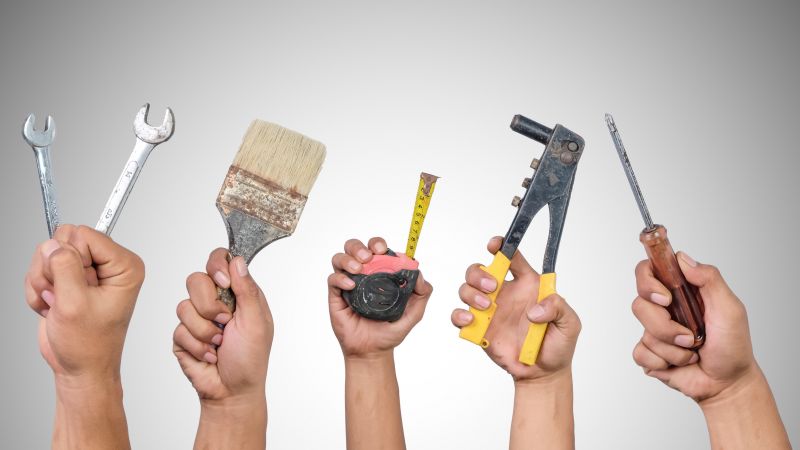
The short, realistic tool list for quality Foundation Repairs.
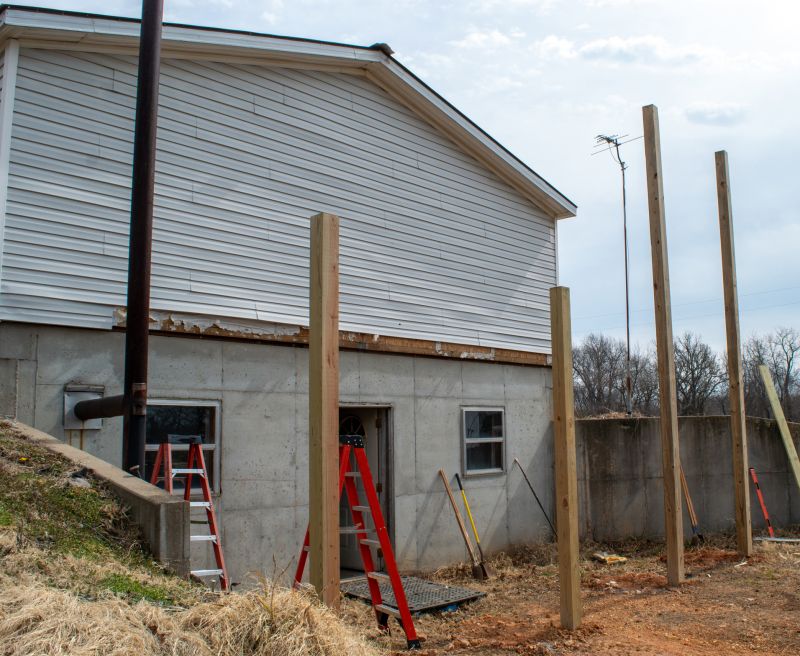
Rough timing from prep to clean-up for Foundation Repairs.
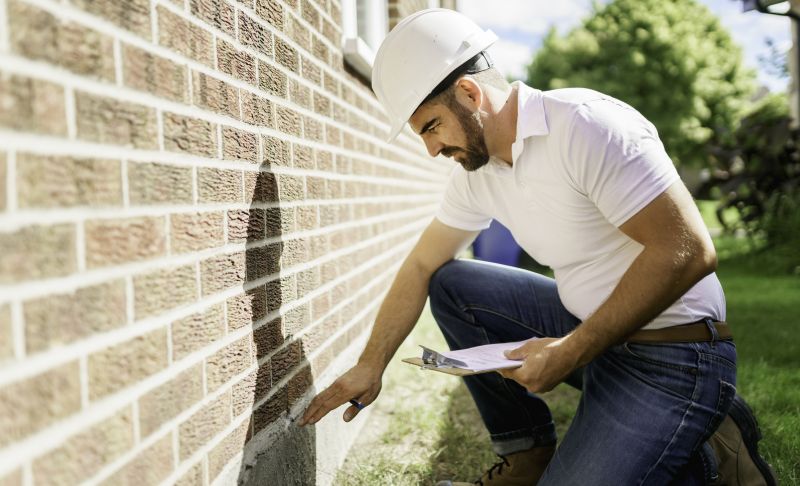
Quick checks and paperwork to keep after Foundation Repairs.

Examples that show the impact a good Foundation Repairs can make.
For homeowners and property managers in Lakeville, MN, understanding the optimal timing for foundation repairs can lead to more effective and durable results. If there is interest in scheduling foundation repairs or learning more about available methods, filling out the contact form provides a convenient way to connect with local specialists and receive tailored guidance.


